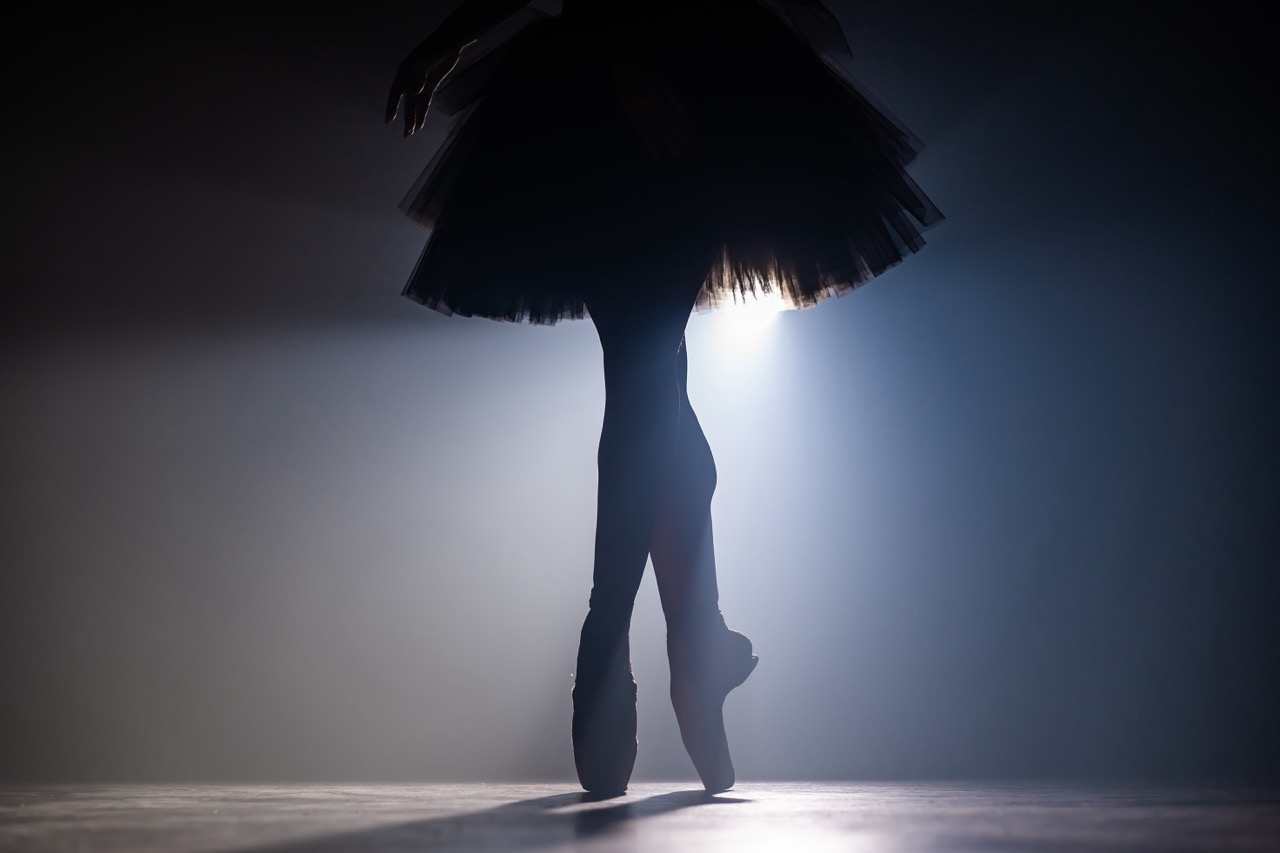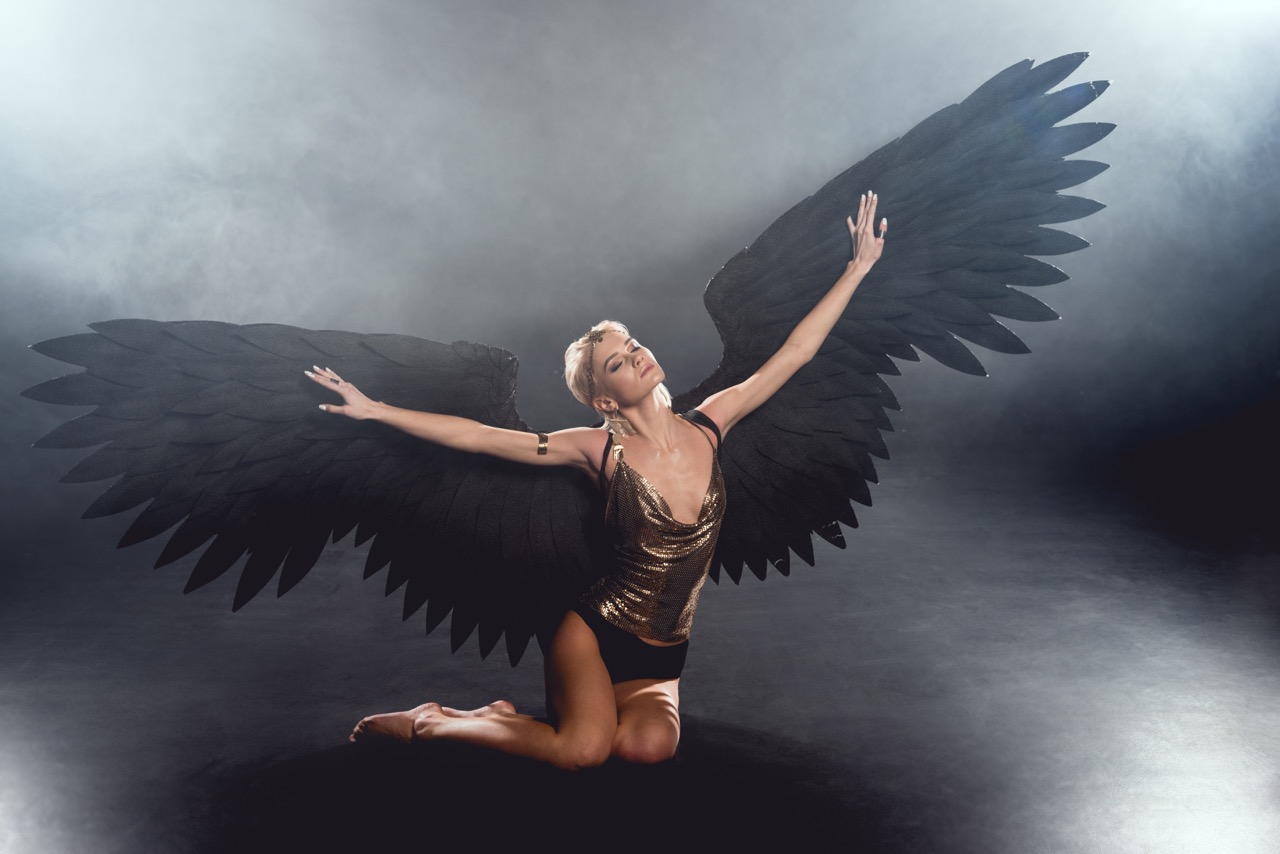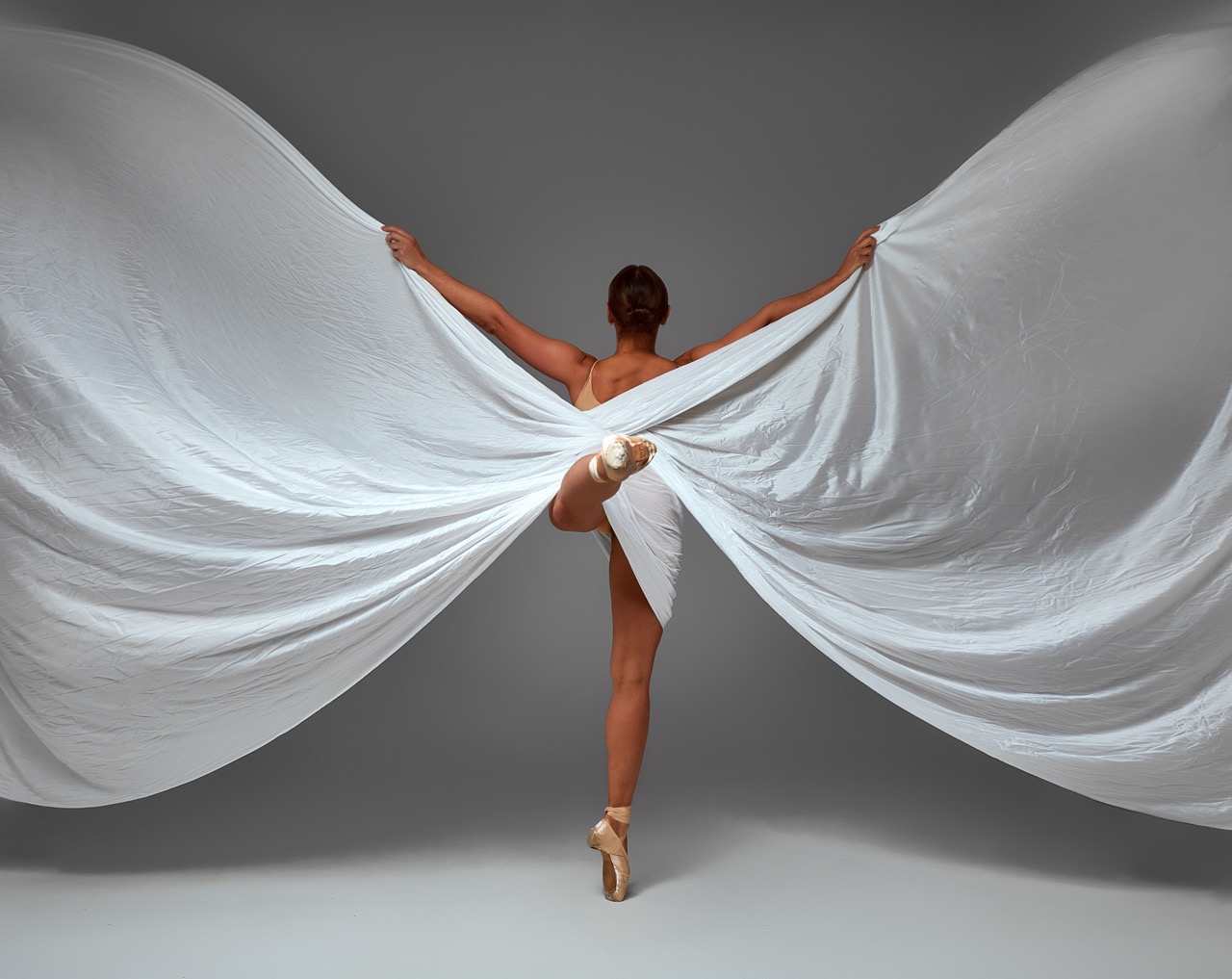In the world of performance art, every detail counts, and dance is no exception. Dancers often seek unique and expressive accessories that not only complement their movements but also enhance their overall performance. Among these accessories, dance wings have gained popularity for their dramatic flair and visual impact. As technology advances, Artificial Intelligence (AI) is stepping in to revolutionize the design and customization of these artistic elements. This article explores how AI can create tailored dance wings, blending creativity with technology to elevate the art of dance.
Unleashing Creativity: AI’s Role in Dance Wing Design
AI stands at the forefront of innovation in dance wing design, pushing the boundaries of what is possible in artistic expression. Through advanced algorithms and machine learning, AI systems can analyze a vast array of design elements, materials, and aesthetic styles, allowing for an unprecedented level of creativity. Designers can input their vision or even sketch a preliminary idea, and AI can generate multiple iterations, each one more refined than the last. This collaboration fosters a dynamic environment where human creativity meets the precision of technology.
Moreover, AI can draw inspiration from various artistic movements, cultures, and historical contexts, broadening the scope of design possibilities. By analyzing patterns, colors, and shapes that resonate within different dance styles and traditions, AI can produce wings that echo the essence of these influences while maintaining a contemporary edge. This fusion of diverse inspirations helps dancers express their individuality and narrative through their wings, making every performance a unique spectacle.
Lastly, AI-driven design tools can simulate how different materials and structures will behave in motion. They can model the flow of fabric, the weight distribution of embellishments, and even the impact of wind on the wings during a performance. Such simulations empower designers to create wings that not only look stunning but also move harmoniously with the dancer’s body, ensuring that the artistic vision translates beautifully onto the stage.
Tailored Elegance: How AI Customizes Dance Accessories
One of the remarkable capabilities of AI is its ability to deliver highly personalized designs that cater to individual dancer needs and preferences. By gathering data through surveys, interviews, or even social media profiles, AI can identify trends and specific requests from dancers regarding their desired aesthetics, comfort, and functionality. This information can then be used to tailor dance wings that resonate with the dancer’s personal style, ensuring that each piece is as unique as the performer themselves.
Furthermore, AI can adapt the designs based on individual body measurements and movement patterns, resulting in wings that fit perfectly and enhance performance. By analyzing a dancer’s posture, range of motion, and even the style of dance they perform, AI can recommend materials and designs that not only flatter their physique but also support their movements. This custom fit reduces the risk of discomfort or distraction during performances, allowing dancers to focus entirely on their artistry.
Additionally, with the help of AI, dancers can visualize their custom wings before they are produced. Through augmented reality and 3D modeling, dancers can see how the wings will look and function in real-time, making adjustments as necessary. This interactivity fosters a connection between the dancer and the design process, ensuring that the final product reflects their vision while meeting practical performance requirements.
The Fusion of Technology and Artistry in Dance Wings
The integration of AI into the design of dance wings marks a significant shift in how artistry and technology converge in performance art. This fusion is not merely about efficiency but about enhancing creativity and pushing artistic boundaries. Designers now have access to tools that allow them to experiment with unconventional materials, intricate patterns, and vibrant colors that might have been challenging to achieve using traditional methods.
Moreover, AI’s data-driven approach enables designers to analyze audience reactions and preferences, allowing for the creation of wings that resonate with audiences on an emotional level. By understanding what visually captivates a viewer, designers can craft wings that not only serve as an extension of the dancer but also as a powerful storytelling device that communicates meaning and emotion through movement and color.
Ultimately, the collaboration between dancers, designers, and AI technology creates a rich tapestry of artistic expression. It empowers dancers to showcase their unique identities and narratives, transforming performances into immersive experiences that leave lasting impressions on audiences. The result is a vibrant landscape of dance where innovation and tradition coexist, enriching the art form as a whole.
Elevating Performance: Personalized Wings for Every Dancer
The impact of customized dance wings extends far beyond aesthetics; it fundamentally elevates the dancer’s performance. Personalized wings can enhance a dancer’s presence on stage, making movements more visually striking and amplifying their expressions. With wings designed to move in harmony with their motions, dancers can create breathtaking visuals, making their performances more memorable and impactful.
In addition to visual appeal, the comfort and fit provided by AI-customized wings allow dancers to perform with greater confidence. When accessories are tailored to a dancer’s unique physique and style, they can move freely without the distraction of ill-fitting or uncomfortable garments. This sense of ease encourages greater expression and creativity during performances, allowing dancers to fully immerse themselves in their art.
Moreover, the ability to personalize wings for various performances means that dancers can adapt their look to suit specific themes, music, or narratives. Whether performing a classical piece or a contemporary choreography, the flexibility in design offered by AI allows dancers to transition seamlessly between styles, showcasing their versatility and depth as artists. This capability ensures that each performance is elevated not just by the dancer’s skill, but by the artistry of their customized wings.
As the world of dance continues to evolve, the integration of AI in the design of dance wings stands as a testament to the endless possibilities that technology can offer. By unleashing creativity, personalizing designs, and enhancing performance, AI is transforming the way dancers express themselves and connect with their audiences. The future of dance wings appears bright, as artists and technologists work hand in hand to create extraordinary experiences that celebrate the beauty and power of movement. As we embrace this innovative approach, we can look forward to a new era of dance that harmonizes technology, artistry, and individuality.










